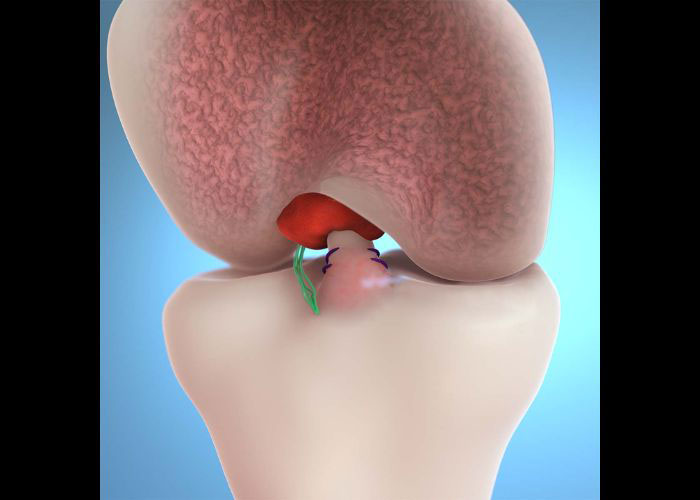What is elbow impingement?
The elbow joint is formed from the joining of the humerus (upper arm bone), radius (thumb side forearm bone), and ulna (pinky side forearm bone). The ends of these bones are blanketed in a shiny and slippery layer of articular cartilage that protects these bony ends with joint movement. Chronic elbow use, such as repetitive overhead throwing, or a traumatic event to the elbow can result in compression and injury to this articular cartilage. Elbow impingement is a condition that is characterized by the inflammation and damage of the soft tissue structures in the elbow joint. Athletes who participate in overhead-throwing sports, such as baseball and volleyball, and individuals who perform strenuous workout routines involving heavy bench-pressing have the highest risk of developing elbow impingement. Dr. Ronak Mukesh Patel, orthopedic elbow specialist serving patients in Sugar Land, Pearland, and the Houston, Texas area, has the knowledge and understanding, as well as substantial experience, in treating patients who have experienced elbow impingement.

What are the symptoms of elbow impingement?
Patients with suspected elbow impingement frequently report elbow pain that is localized to the posterior elbow. This elbow pain often worsens during or after athletic activity. Some other common complaints of elbow impingement include:
- Inflammation of the elbow joint
- Decreased range of motion
- Elbow joint stiffness
- Bruising and tenderness over the posterior elbow joint
- Excessive fluid accumulation in the elbow joint
- A “catching” or “locking” sensation with elbow joint movement
- Occasionally a “crackling” or “popping” sound can be heard with elbow joint movement
- Difficulty with straightening or extending the affected elbow
How is elbow impingement diagnosed?
Dr. Patel will gather a medical history to include precipitating injury, underlying health conditions, and current symptoms. This will be followed by a thorough physical examination to evaluate the affected elbow for areas of tenderness and swelling. Diagnostic imaging studies, such as x-rays, computed tomography (CT), and magnetic resonance imaging (MRI), can identify bony abnormalities and pinpoint tissue inflammation and damage.
What is the treatment for elbow impingement?
Non-surgical treatment:
The majority of patients with confirmed elbow impingement respond well to management with conservative therapies alone. Immobilization of the elbow joint with a sling or brace can reduce tissue irritation and prevent further damage during the healing process. A combination of rest, ice, and non-steroidal anti-inflammatory medications (NSAIDs) can alleviate any symptoms associated with this condition. Physical therapy may also be considered. If pain persists with oral medications, a corticosteroid injection can be administered directly into the elbow joint. Newer alternative therapies, such as platelet-rich plasma or stem cell therapy, can also provide symptom relief.
Surgical treatment:
Patients who experience mechanical symptoms, have a substantial loss of range of motion, or fail to respond to conservative therapies may require surgical intervention to treat elbow impingement. Dr. Patel can perform an arthroscopic surgical procedure involving a small camera (arthroscope) and specialized surgical instruments. Any bony abnormalities, such as bone spurs, or inflamed and damaged tissues can be removed with this minimally invasive surgical method. The goal of surgical treatment for elbow impingement is to restore elbow joint function and improve elbow joint range of motion.
Elbow Impingement Specialist

Are you experiencing elbow pain, decreased range of motion and swelling in your elbow? If so, you may have an elbow condition called elbow impingement. Elbow impingement specialist, Doctor Ronak Mukesh Patel, provides diagnosis as well as surgical and nonsurgical treatment options for patients in Houston, Sugar Land, and Pearland, TX who are experiencing the symptoms of elbow impingement. Contact Dr. Patel’s team today!








